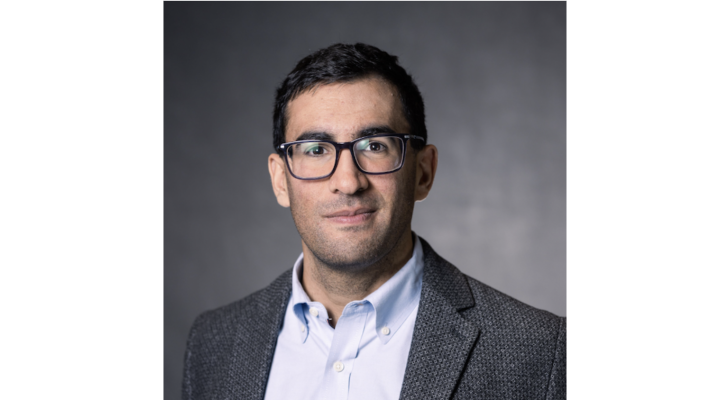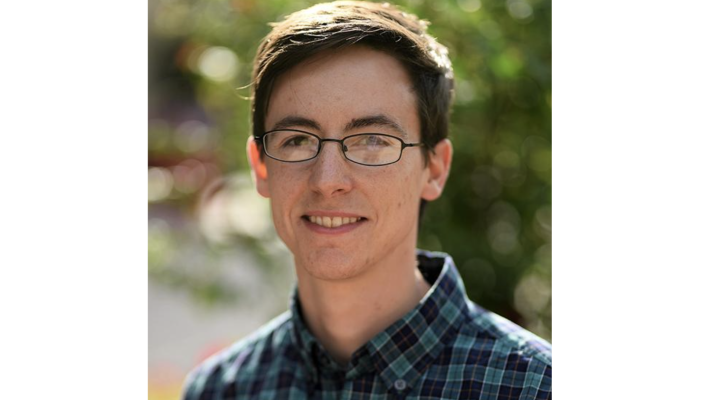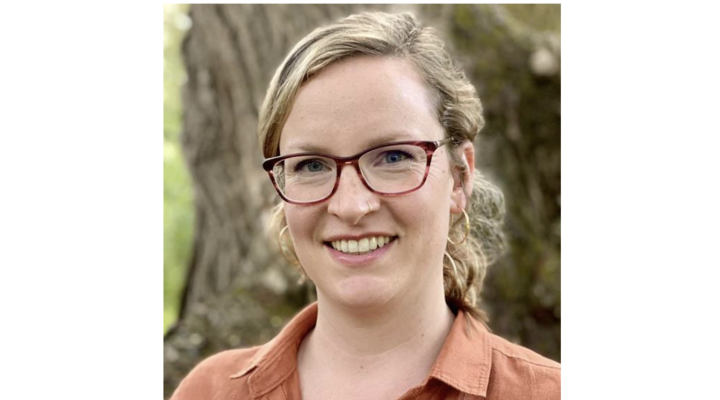Some folks want to know what’s beneath the surface. Chris Alabi doesn’t want to discount the surface itself, however--at least, not yet. Alabi studies the surfaces of drug-delivering nanoparticles, with the aim of determining what surface properties correlate with specific biological targets. “If you understand what’s on the surface, then by default you can understand what proteins are attracted to the surface, and why it goes to which organs,” he says. By analyzing and mapping properties associated with the nanoparticle surface, Alabi hopes their drug delivery efficiencies can be improved, especially for diseases such as cancer. “Our aim is to gather all these different pieces of evidence, and from that, you eventually create meaningful relationships.” Alabi says. “This is all yet to be done, it’s super risky--no one has ever done it before. Just like any data collection project, we’re not making any assumptions. We don’t know what we're’ going to find.”
Alabi was first turned on to chemistry as an undergraduate carrying out research in an organic chemistry lab at New York University. There, Alabi worked on a project involving chemical dyes that, when conjugated to certain molecules, produced harvestable light and energy--essentially an artificial photosynthetic system. “It opened my eyes to a different function of chemistry. You could do things I never thought were possible before. I was really excited about that,” he says. “That was my motivation to get into the lab and work crazy hours.”
The crazy hours paid off--Alabi went to the chemistry graduate program at California Institute of Technology under Mark Davis, where he worked on proton exchange membranes for fuel cells. However, there was also a biomedical component to the lab, which focused on making polymer-based nanoparticles for drug delivery. “Both sides of the lab didn’t really talk research to one another,” says Alabi. “But I decided to sit in on one group meeting...then two group meetings, then three …” Alabi then began synthesizing molecules for the chemical engineers, and became hooked. Under the guidance of Mark Davis, an expert in zeolite synthesis and polymeric drug delivery, Alabi soon began developing targeted nanocarriers for DNA and RNA delivery, which led him to a postdoc at MIT with renowned biochemical engineer Robert Langer.
The Langer lab was made up of a diverse group of scientists. “The guy behind me was an applied physicist,” says Alabi. “The girl next to me was me was an expert in immunology. There were biochemists, bioengineers,” and several clinicians, which Alabi found particularly helpful--the doctors could cite the clinical challenges and practical issues that needed solutions, which inspired highly targeted research. “That whole atmosphere was a terrific idea generating place,” he says.
It was at the Langer lab that Alabi began working on lipid-based nanoparticles for siRNA delivery, trying to decipher their highly complex composition and characteristics. Easier said than done--nanoparticles are too big to examine using traditional molecular analytical tools, yet too small for optical instruments typically used for looking at cells. The fact that Alabi and his colleagues had synthesized these nanoparticles didn’t help either. “We know what we make them with,” he says. “But there’s a difference between the properties of molecules we use [to synthesize the nanoparticle] and the properties of what we get.” Now at Cornell, Alabi hopes to find a way to better characterize the nanoparticles and thus improve efficacy.
The traditional approach to this problem is to make a “crap load of particles” and screen them to find a few that happen to work--without knowing how or why. For clinical purposes, this will suffice. “But as a scientist, you need to know,” Alabi says. He wants to know why certain particles end up in the liver while others end up in the lungs, and if they can purposefully design the particles to go to a target organ--thus, Alabi’s surface investigation of the particles. “Even if our hypothesis is null, then we’ll know that that the surface does NOT play a role, which is progress,” he says.
Between puzzling over the mysteries of nanoparticles, Alabi is also gearing up to teach his first class in biomedical engineering to seniors and masters students. He’s reading up in preparation for the 26-lecture semester ahead of him. “It’s been a challenge…you get to learn things you might have missed the first time,” he says with a smile. “It’s like I’m taking the class before teaching it.
It’s unlikely that his students will be disappointed. Alabi’s plans on drawing them in with the potential applications his field makes possible. “Once you can tap into a student’s excitement, and get them engaged, then they want to learn. It’s a win-win situation.”




